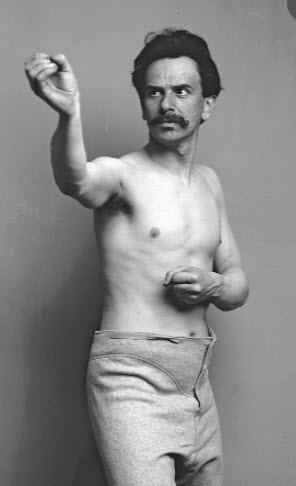Brand Target vs. Tactical Target.
The target for a “brand brief” is very different from a target for a tactical brief. The target for a tactic is much more specific. Much more finite. For a brand brief, everyone who comes into contact with the brand must be accounted for.
The rigor is this: Look at all the groups who may be influential in a brand decision. Let’s say we are selling a protein drink to an elderly consumer. One group would be the consumer himself. Then the consumer’s caregiver – usually a family member – and there are many flavors of caregiver, trust me. The physician is certainly an interested party as are paid caregivers like home nurses. Also payors are a target, such as insurance companies and govie groups like Medicare/Medicaid.
Once you have all the targets, you need to understand what motivates them. Peter Kim, the author of this thought process, would say you must re-massify the target; searching out a commonality they all share. With the protein example, you can see that a consumer might have different motivation (taste) than a physician (grams of protein) or insurance company (cost). Which may be different from a caregiver (compliance). It’s a bit of a maze. The deeper you dig with each target the more likely you are to find the common ground.
Brand building is bigger than a click or a sale. Branding building is not transactional. Brands live on. Brand planning must be an inclusive pursuit. Measure twice, cut once. Peace.








